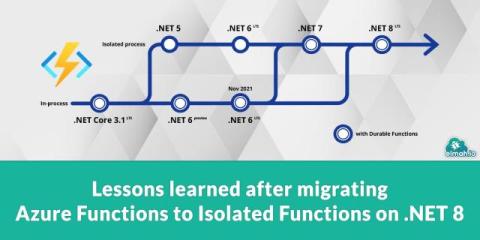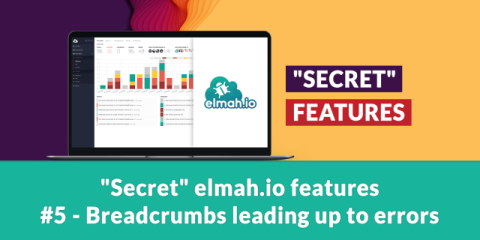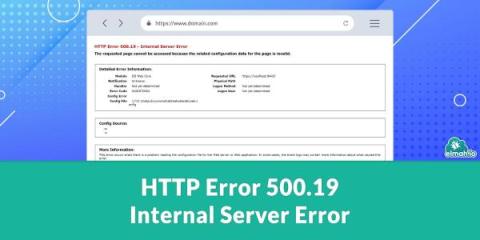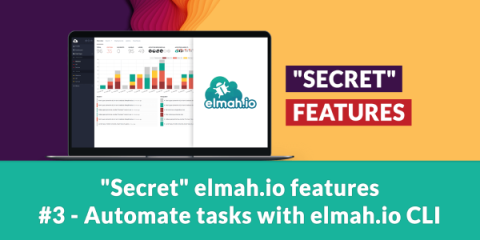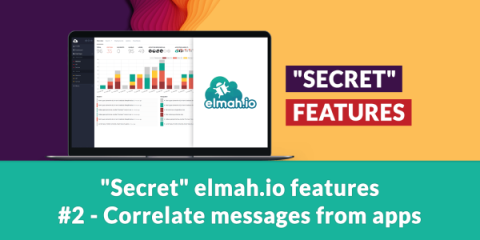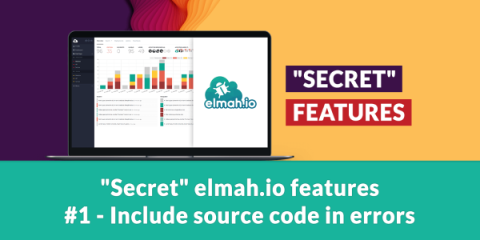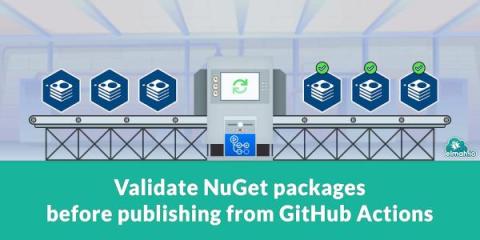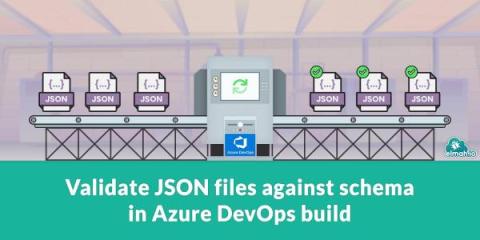Operations | Monitoring | ITSM | DevOps | Cloud
elmah.io
"Secret" elmah.io features #5 - Breadcrumbs leading up to errors
HTTP Error 500.19 - Internal Server Error
"Secret" elmah.io features #4 - Get help from AI and ChatGPT
"Secret" elmah.io features #3 - Automate tasks with elmah.io CLI
"Secret" elmah.io features #2 - Correlate messages from apps
Testing logging code with Microsoft.Extensions.Logging and FakeLogger
"Secret" elmah.io features #1 - Include source code in errors
Validate NuGet packages before publishing from GitHub Actions
A big part of elmah.io is our clients for various web and logging frameworks. All of them are open-source, hosted on GitHub, and available as NuGet packages on nuget.org. I have blogged about building on GitHub Actions in the past. It struck me that I have never actually shared anything about the various steps we take for validating NuGet packages before pushing them. Let's fix that!
Validate JSON files against schema in Azure DevOps build
JSON files have become part of our daily lives. We use JSON files for all sorts of tasks like settings, defining database schemas, and much more. The other day I found out that invalid JSON files had been pushed to one of our repositories. So, I decided to include JSON file validation as part of our build on Azure DevOps. In this post, I'll share the solution. I'm sure you can think of a scenario where invalid JSON files either do not parse as valid syntax or don't conform to the intended format.


